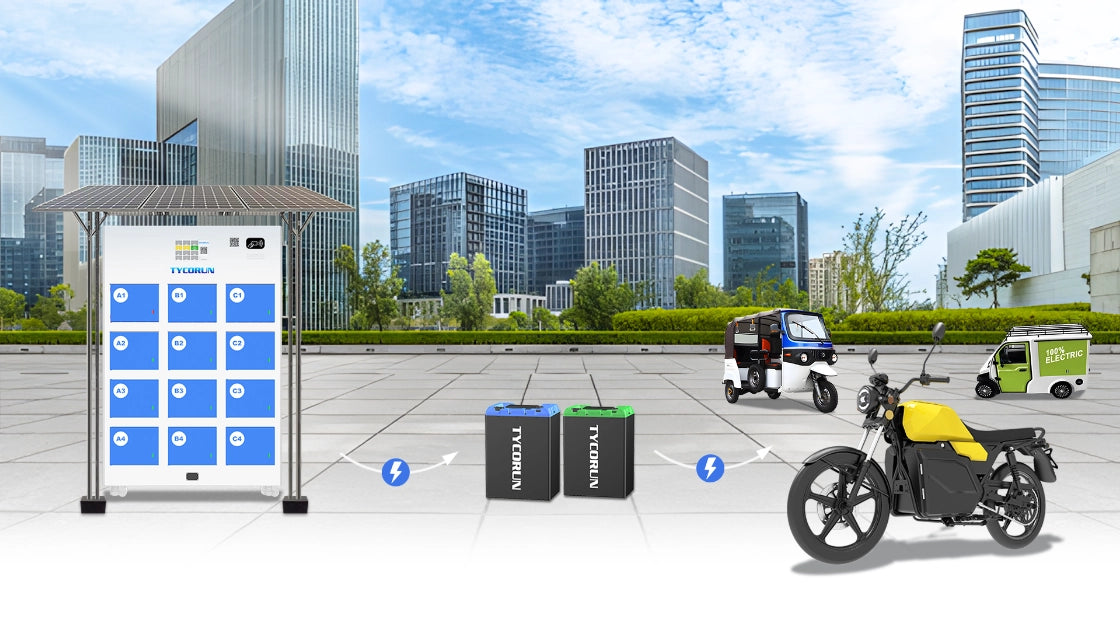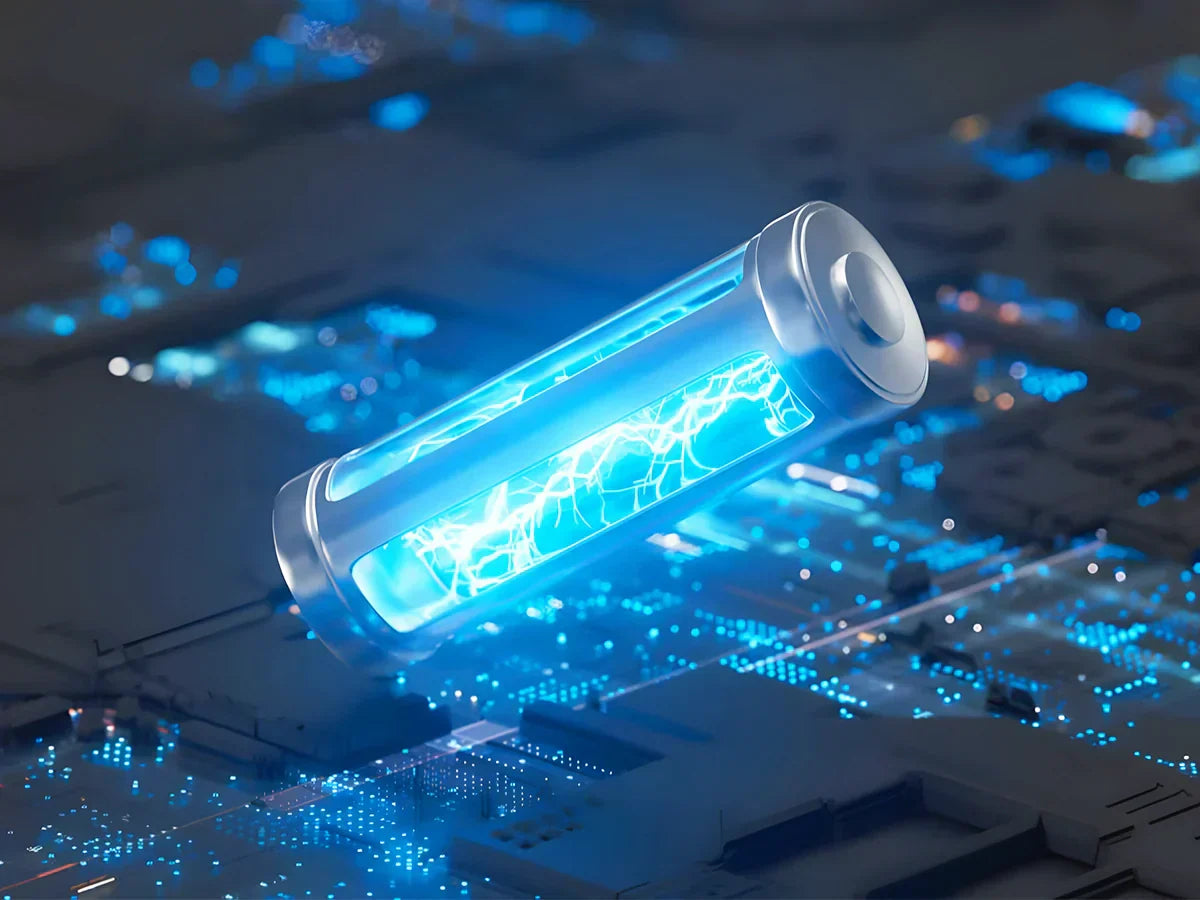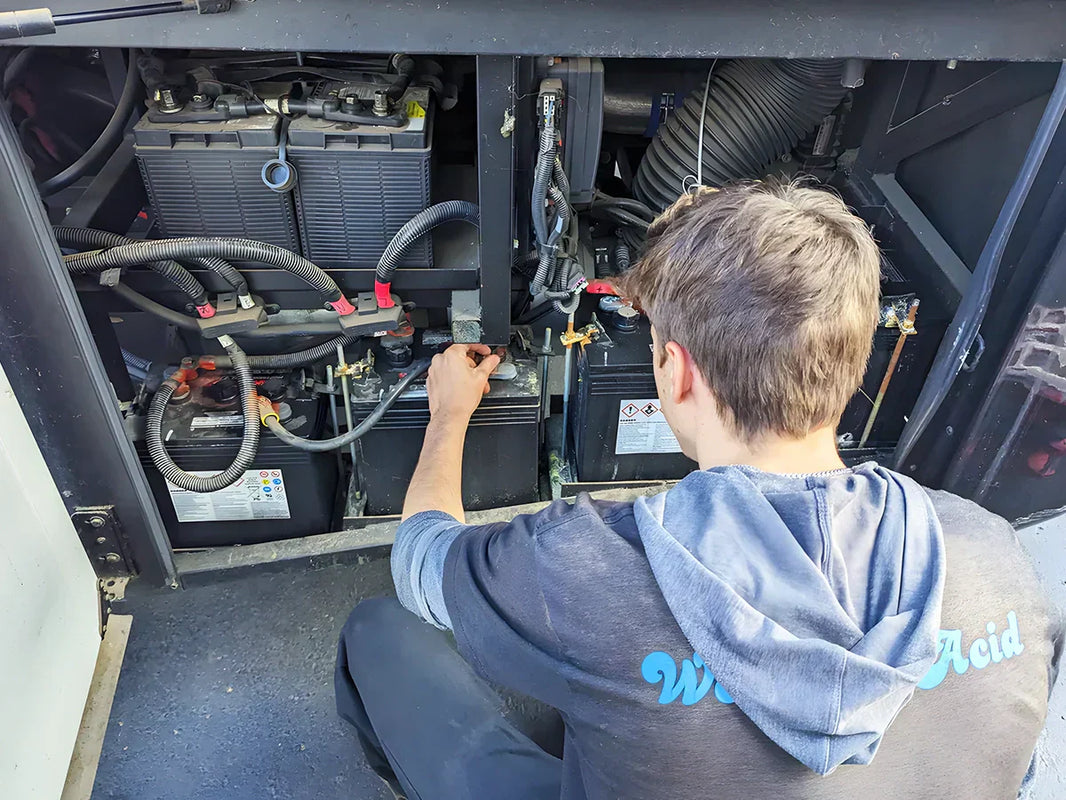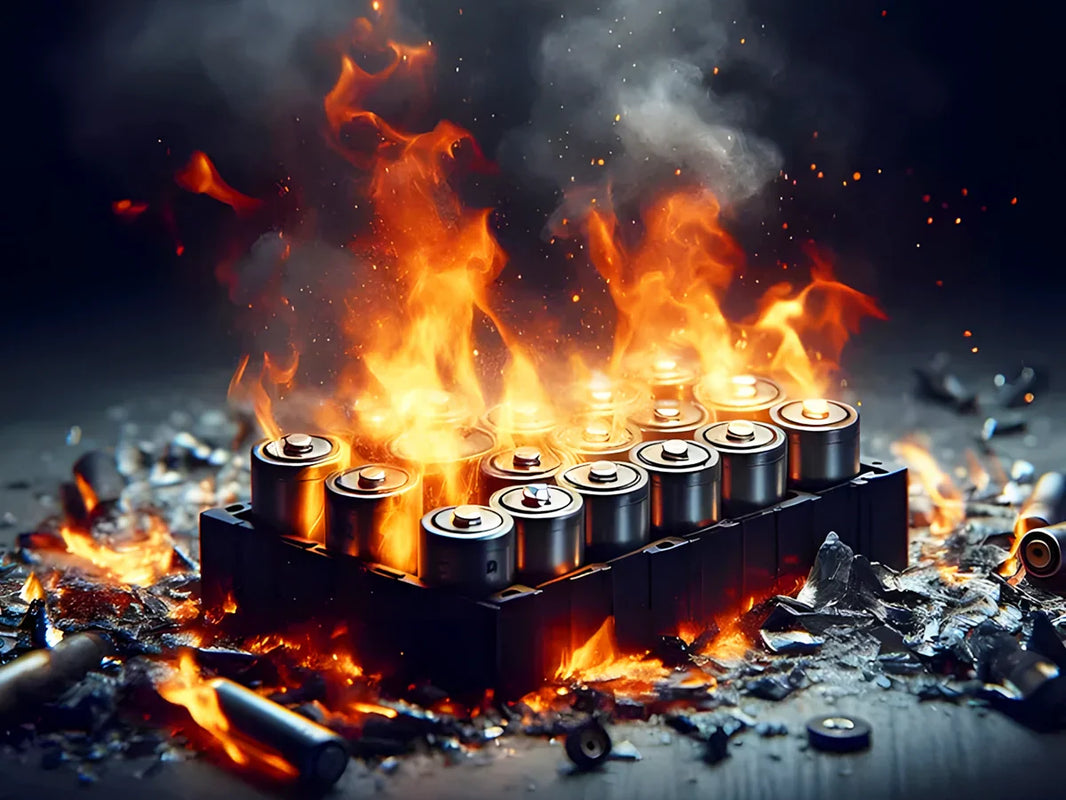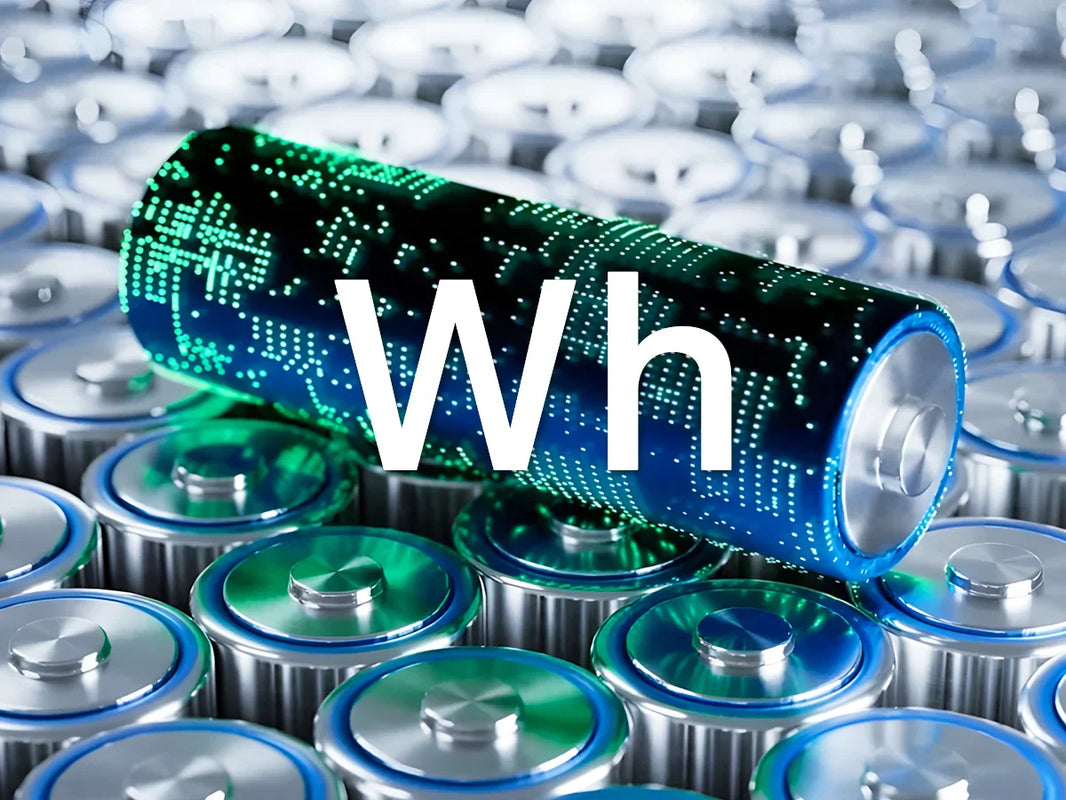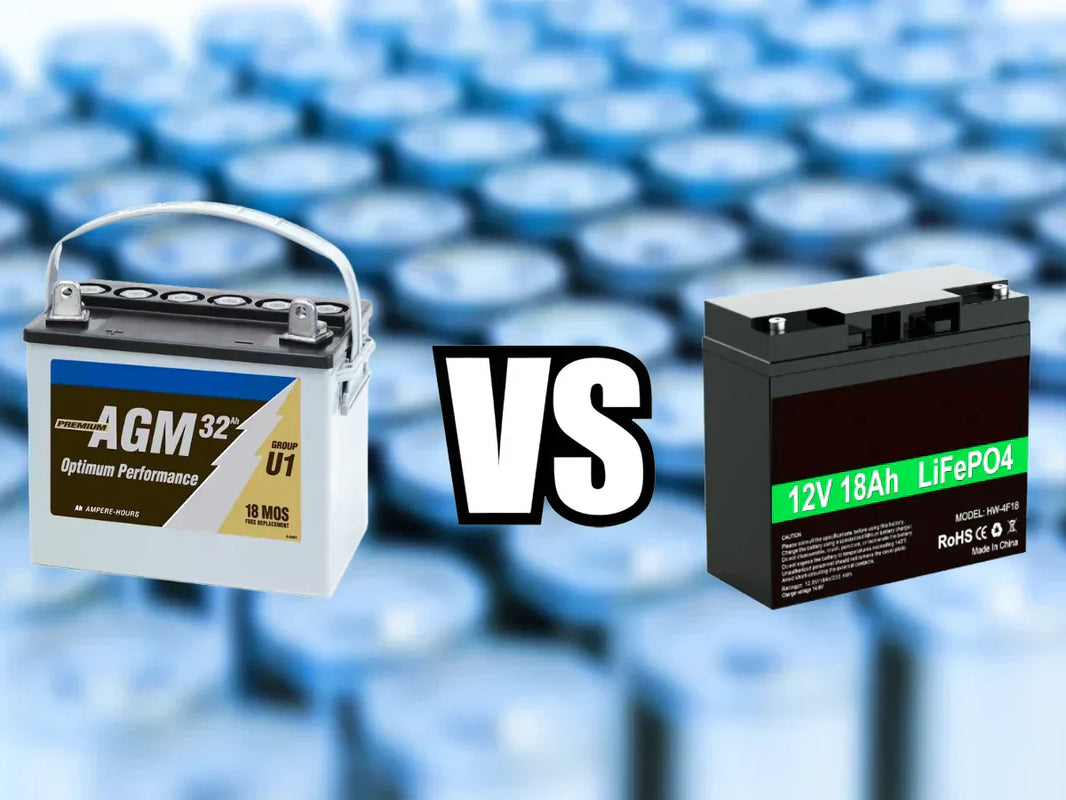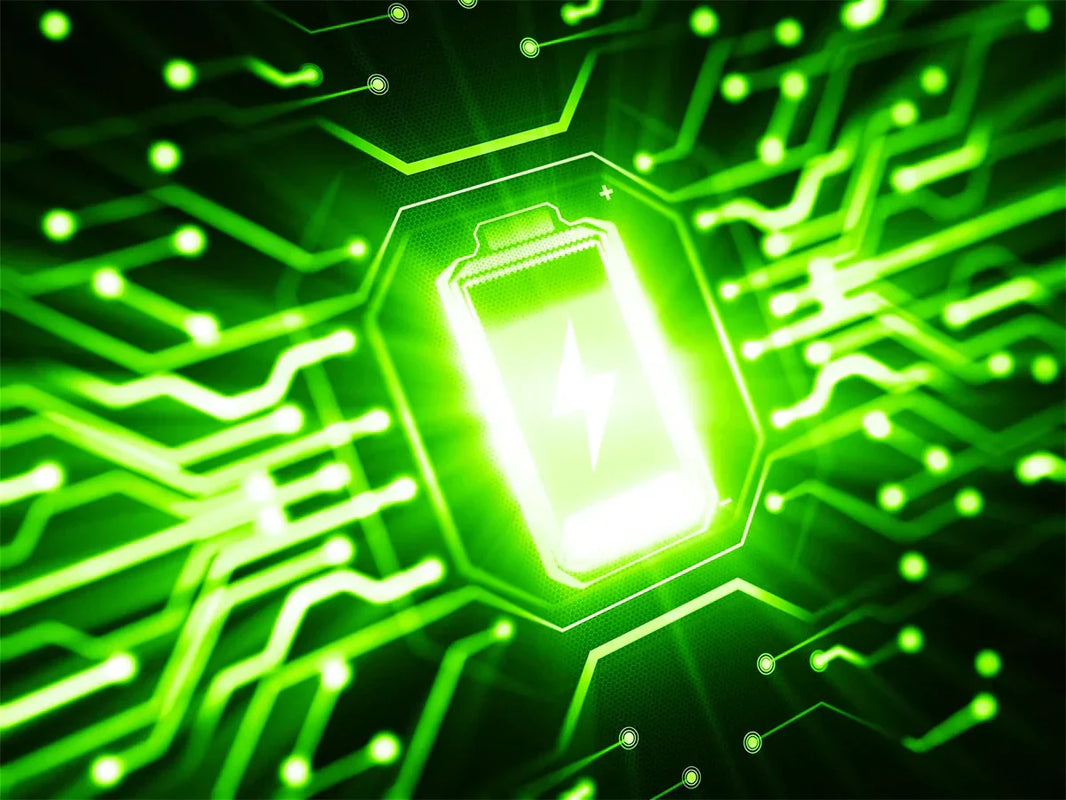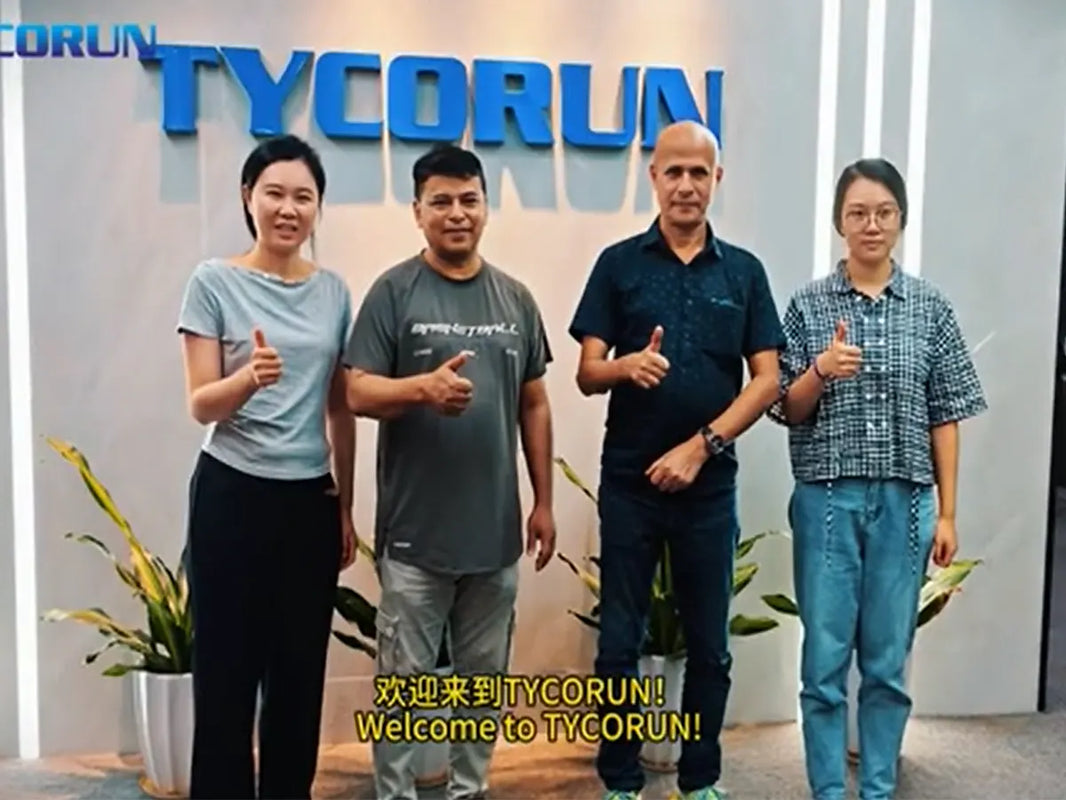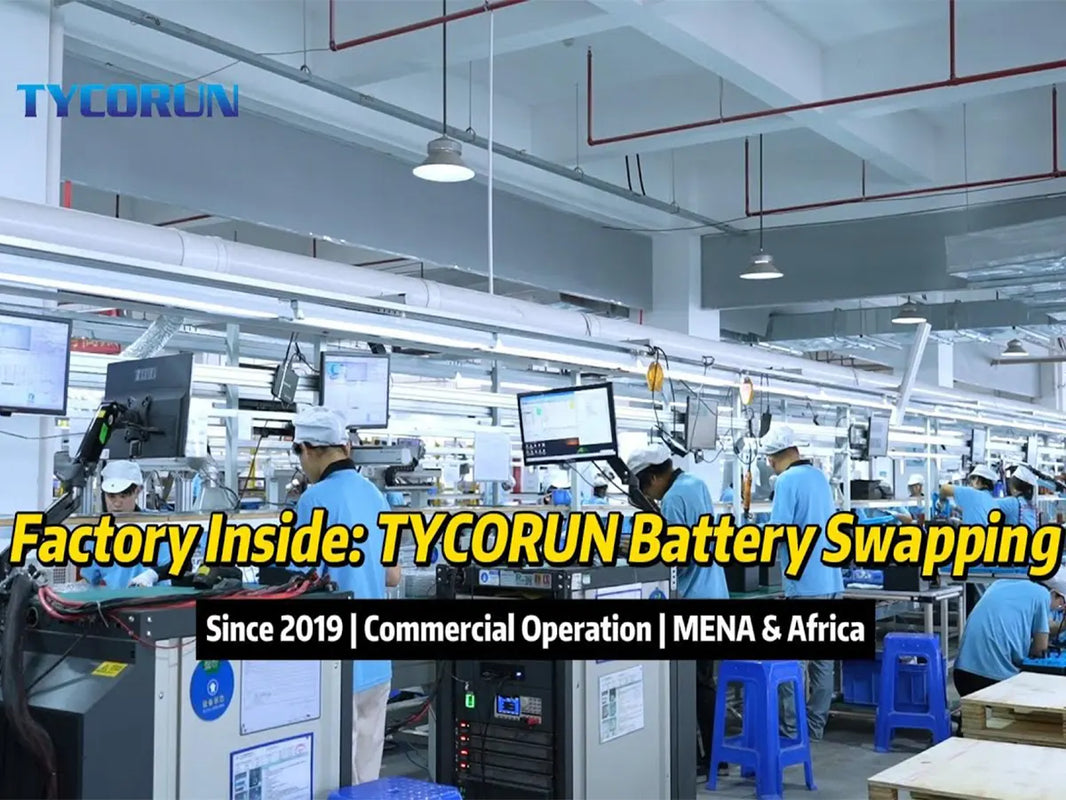
Main content:
- Types of Lithium-Ion Batteries
- Lithium-Ion Battery Structure and How It Works
- Advantages of Lithium Ion Battery Structure
- Drawbacks of Lithium Ion Battery Structure
- Safety Aspects of Lithium Ion Battery Structure
- Different Types of Lithium-Ion Packaging Designs
- How a Lithium-Ion Cell Works
- Applications of Different Lithium Ion Battery Structures
- Conclusion
- FAQ
Lithium-ion batteries have become an essential part of modern technology, powering everything from smartphones and laptops to electric vehicles and large scale renewable energy storage. Their long lifespan, fast charging capability, and high energy density make them superior to many other rechargeable batteries. But in lithium ion batteries production, what exactly makes the lithium-ion battery structure so unique, and why has it become the backbone of today’s energy systems?
This article explores the fundamentals of lithium-ion battery structure, how they work, their benefits and drawbacks, different packaging technologies, and comparisons with other types of battery.
Types of Lithium Ion Batteries
Lithium ion batteries are one of the most widely used rechargeable batteries today. They store and deliver energy by moving lithium ions back and forth inside the cell. Because they can hold a lot of energy in a small size, they became popular in the late 1900s and soon replaced older options like nickel-cadmium (Ni-Cd), which had safety problems.
With their reliable performance and the well-designed lithium ion battery structure, these batteries power many things we use every day. You’ll find them in motorcycles, e-bikes, scooters, lawn mowers, drones, and even solar energy systems.

Not all lithium-ion batteries are identical. Variations in the lithium ion battery structure, particularly in cathode materials, lead to different performance characteristics. The six most common types include:
- Lithium Cobalt Oxide (LCO): High energy density, widely used in laptops and mobile devices.
- Lithium Iron Phosphate (LFP): Known for thermal stability and long cycle life, popular in EVs.
- Lithium Titanate (LTO): Supports rapid charging and works well in extreme conditions.
- Lithium Nickel Manganese Cobalt Oxide (NMC): Balanced performance, common in automotive batteries.
- Lithium Manganese Oxide (LMO): Delivers high power output for tools and medical devices.
- Lithium Nickel Cobalt Aluminum Oxide (NCA): High specific energy, often used in Tesla EVs.
Each chemistry has advantages depending on the application, but all share a similar lithium ion battery structure.
Lithium-Ion Battery Structure and How It Works
Despite variations, the essential design of a lithium-ion cell always contains four main elements:

- Anode (Negative Electrode)
The anode, typically made of graphite, stores lithium ions during charging. Graphite is widely used because it has high conductivity, stable structure, and affordability. A well-designed anode ensures efficient current flow through the external circuit and contributes directly to the cycle life of the battery.
- Cathode (Positive Electrode)
The cathode determines much of the battery’s capacity and voltage. Depending on the battery type, it may be composed of cobalt, manganese, iron phosphate, or nickel mixed with lithium oxide. The choice of cathode material significantly influences safety, performance, and cost.
- Electrolyte
The electrolyte acts as the medium for lithium ions to shuttle between electrodes. It is usually a lithium salt, such as LiPF6, dissolved in organic solvents. A good electrolyte must remain stable across different temperatures and voltages while enabling smooth ion transport.
- Separator
The separator is a porous membrane that prevents the anode and cathode from making direct contact while allowing lithium ions to flow freely. It plays a crucial role in lithium-ion battery safety, as a damaged separator can cause short circuits and thermal runaway.
Together, these parts form the lithium ion battery structure that makes efficient charging and discharging possible.
Lithium-ion batteries work by moving lithium ions between the cathode and anode. During charging, ions shift into the anode and store energy, while discharging sends them back to the cathode to release power. This back-and-forth flow, known as the “rocking chair” effect, makes the lithium ion battery structure efficient and reliable.
Advantages of Lithium Ion Battery Structure
The design of lithium-ion batteries gives them many advantages over older technologies:
- High Energy Density: Ranging between 100–265 Wh/kg, making them ideal for portable and high-power applications.
- Low Maintenance: No need for scheduled discharges or priming.
- Variety of Types: Different cathode chemistries allow customization for performance, safety, or cost.
- Fast Charging: Can be recharged more quickly than many alternatives.
- Long Cycle Life: With proper care, some can last thousands of cycles.
Because of these strengths, the lithium ion battery structure has become the preferred design for nearly all modern rechargeable batteries.
Drawbacks of Lithium Ion Battery Structure
Despite their benefits, lithium-ion batteries are not perfect. Some of the limitations include:
- Sensitivity to Heat: Elevated temperatures can accelerate degradation.
- Aging Effects: Capacity slowly reduces over time, especially with improper charging habits.
- Safety Risks: If damaged, overcharged, or exposed to high heat, lithium-ion batteries can catch fire or explode.
Manufacturers address these risks with protective circuits and battery management systems (BMS).
Safety Aspects of Lithium Ion Battery Structure
Safety is a key factor in battery design. A well-engineered lithium ion battery structure includes:

- Thermal Management — Prevents overheating and thermal runaway.
- Stable Separator — Reduces the risk of internal short circuits.
- Overcharge Protection — Circuitry prevents damage during charging.
- Robust Casing — Protects against mechanical impact.
- Battery Management System (BMS) — Monitors voltage, current, and temperature to avoid overcharging, over-discharging, or overheating.
These safety features are critical not only inside the battery cell but also in larger packs used in electric vehicles and home energy systems.
Different Types of Lithium-Ion Packaging Designs
Lithium-ion cells come in different packaging geometries to suit various applications:
- Cylindrical Cells
This is the most common and cost-effective design. They offer excellent mechanical stability and are widely used in power tools, laptops, and EV battery packs.
- Prismatic Cells
These have a rectangular shape with higher energy capacity, making them ideal for larger devices such as electric vehicles and energy storage systems.
- Pouch Cells
Known for their lightweight and flexible design, pouch cells can be manufactured very thin, which makes them perfect for smartphones and tablets.
Each format retains the core lithium ion battery structure, but the packaging changes how the cells are arranged and used.
How a Lithium-Ion Cell Works
The operation of a lithium-ion cell depends on the movement of both lithium ions and electrons. When charging, lithium ions move from the cathode to the anode through the electrolyte, while electrons travel through the external circuit to the anode.
During discharging, the process reverses—the ions return to the cathode, and electrons flow through the external circuit to deliver usable power. Inside the cell, the separator plays a crucial role by allowing ions to pass while blocking electrons, which prevents internal short circuits. This controlled and reversible movement of ions and electrons is what makes lithium-ion batteries rechargeable.
Applications of Different Lithium Ion Battery Structures
- Cylindrical Cells: Used in e-bikes, power tools, toys, and portable energy systems.

- Prismatic Cells: Found in forklifts, electric motorcycles, and large storage units.
- Pouch Cells: Integrated into smartphones, laptops, and slim electronic devices.
The flexibility of the lithium ion battery structure allows manufacturers to optimize battery performance for specific applications.
Conclusion
Understanding the lithium ion battery structure is the key to appreciating why these batteries dominate today’s energy market. From the anode and cathode to the electrolyte and separator, each part plays a vital role in efficient energy storage.
This structure explains why lithium-ion batteries are lightweight, powerful, and reliable, making them suitable for everything from mobile devices to electric vehicles and renewable energy systems. With continuous innovation, the lithium-ion battery will only get better, ensuring it remains at the center of our energy future.
FAQ
1. How does lithium ion battery structure differ from lead-acid batteries?
Lead-acid batteries use lead dioxide and pure lead as electrodes and sulfuric acid as the electrolyte. In contrast, lithium ion batteries use graphite and lithium-based compounds with organic electrolytes. Lithium ion designs are lighter, store more energy, and usually include a BMS for safety, while lead-acid batteries rely mainly on a simple safety valve.
2. Can lithium ion battery structure be recycled?
Yes, lithium ion batteries can be recycled. The structure allows recovery of valuable materials such as lithium, cobalt, and nickel. Recycling not only reduces waste but also lowers the demand for mining raw materials.
3. What happens if the lithium ion battery structure is damaged?
If punctured, overheated, or physically crushed, the separator may fail, leading to internal short circuits. This can cause swelling, leakage, or in rare cases, fire. Strong casing and BMS protection are designed to minimize these risks.
Related Articles: Lithium ion electrolyte, Lithium ion battery life, Lithium battery protection circuit

